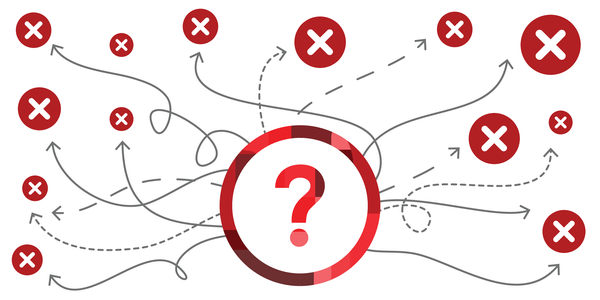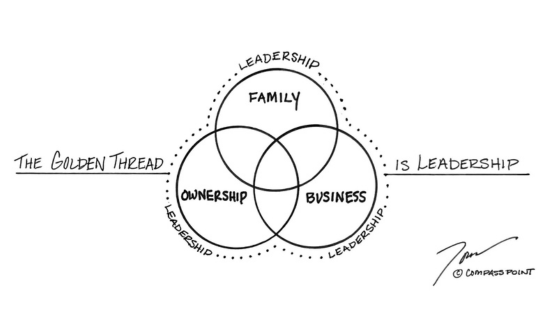EXECUTION
Escape Analysis Paralysis with ONE Decision

In case you haven’t heard, building and growing a business is quite complex.
It requires people, all of which have different perspectives, personalities, strengths, skills, motivations, etc. and all of whom must be in alignment in order for the company to grow.
It requires systems to meet the growth goals of the business, all of which must be built, tested and documented.
Lastly, it requires cash to support the people and run the systems.
The catch? Just because you have people, systems, and cash doesn’t guarantee a business will grow. You have to make informed decisions that involve a mix of all three, which is where many businesses and teams get stuck.
Research states that the average adult makes over 35,000 decisions a day. As a business owner, hundreds or even thousands of those decisions revolve around moving your business forward.
This underscores one of the key differences between businesses that scale well and efficiently versus businesses that don’t – knowing WHICH decisions to make and WHEN to make them.
Enter analysis paralysis.
A typical decision starts with an individual using basic logic, experience and/or specific data to determine a potential course of action. The resulting analysis should provide a clear path to an answer, solution or at least a pros and cons list that reveals the most favorable options.
But when we are faced with unfamiliar circumstances analysis paralysis often sets in from:
trying to weigh an undefined number of variables
having entirely too much data to process
allowing too many individual perspectives into the decision-making process (aka too many cooks in the kitchen)
So… how does one escape analysis paralysis?
Begin with ONE decision.
The commitment to create a process for working through decisions.
This one decision will save you hours of time and frustration. It will also give your team the framework for successfully making decisions in the future without you.
I always recommend that my clients strengthen their decision-making process by establishing key metrics. This is a critical tool for sorting through the overabundance of data, information, and technology that can overwhelm the process. Key metrics help peel away the irrelevant “noise” and get everyone focused on what matters most in getting to a decision.
One other piece of advice… at the beginning of the meeting, frame what decision(s) must be made. There may be debate and disagreement. Great. Just be sure to agree to leave analysis paralysis at the door and COMMIT to making a decision before you leave the meeting.
Want help setting your business’ key metrics?
Schedule a 90-minute coaching call with me.
You may also like…

BLOG | LEADERSHIP
The Multiplier That Makes Businesses Grow
If your leadership team isn’t strong, aligned, and equipped with the right tools, how can they bring your strategy to life? The short answer: they can’t. But the good news? You can change that with this critical ingredient.
Read More
BLOG | LEADERSHIP
The Golden Thread that Binds Family, Business, and Ownership
The most successful family businesses don’t leave leadership development to chance. They recognize that leadership isn’t just about a single person at the top – it’s about building a system that supports leadership at every level – and through each of the 3 domains of a family business. It truly IS the golden thread that binds.
Read More
BLOG | TRANSITION / SUCCESSION
From Empires to Enterprises: Succession strategies that make or break legacies
History provides us the benefit of hindsight and powerful lessons. Take Genghis Khan and Alexander the Great, both great conquerors. Yet one implemented a structured succession plan that ensured the survival and expansion of his empire, while the other's failure to do so led to the disintegration of his vast holdings shortly after his death. A strong succession planning is the ultimate competitive advantage.
Read MoreWhere Family Businesses Come to Grow & Learn
At Compass Point, we make it easy to get insights, training, tools, and articles straight to your inbox and help family business owners and their team continue to grow, learn, and lead.


